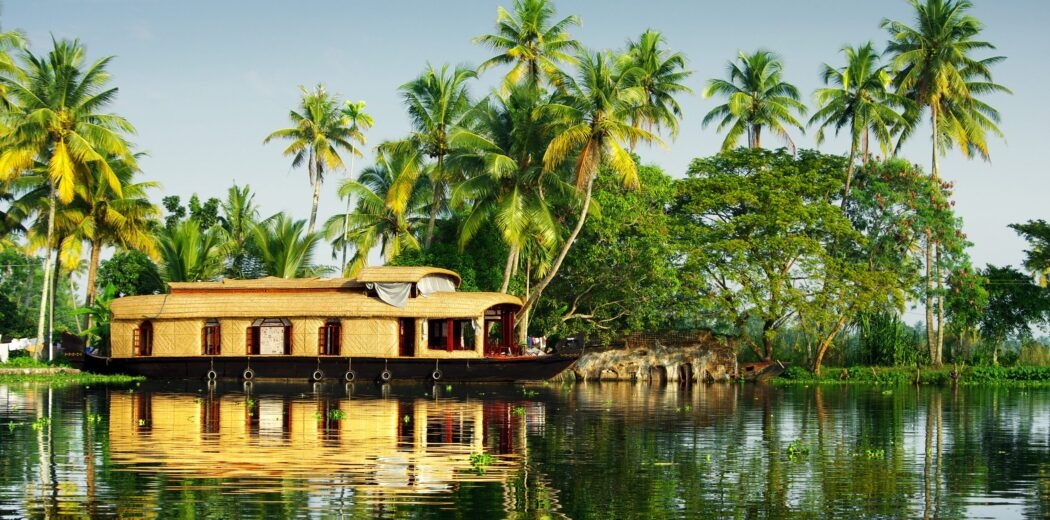Rolling green hills and lush tea plantations
Nestled in the mighty Western Ghats and surrounded by sprawling tea plantations is the hill station of Munnar. A favoured summer retreat of the British who were lured by the cool mountain air, the surrounding mountains and valleys are one of India’s most picture-perfect destinations.
Munnar sits at the confluence of three rivers and is the centre of Kerala’s tea growing region. The surrounding hills and plantations create a sea of green as far as the eye can see, interrupted only by a sprinkling of colonial-style bungalows and paths that wind their way through the estates. A veil of mist hangs over the lower slopes while higher up, crags and peaks soar towards the clouds.
While the town of Munnar is a cluster of cottages and factories, it is the rolling hills and lush greenery that are the main attraction. Trekking here is superb, and as you weave through the rolling hills, each corner reveals a new vista and a slightly different shade of green.
The nearby Eravikulam National Park is where keen hikers will find southern India’s highest peak, Anamundi at 1,700 metres above sea level. The park is also home to the endangered Nilgiri Tahr and a host of rare butterflies and birds. The area surrounding Munnar is where the endemic Neelakurinji plant grows, which covers the hills is a blanket of blue and purple flowers. Nature lovers will have to be patient though, as it only flowers once every 12 years.
There are also lakes and waterfalls to be explored and, rather surprisingly, an Indo-Swiss dairy farm in nearby Mattupetty. However you spend your time in this remarkable region, just make sure you set aside some time to simply sit back and take in its incredible natural beauty – with a cup of tea in hand, of course.
The Jacada Difference
Seamless organisation, every step of the way
Journeys as meaningful as they are memorable
Remarkable stays, handpicked by our experts
Luxury accommodation in Munnar
There are many incredible places to stay in Munnar. Here are some of our favourites, handpicked by our travel designers:
Why book with Jacada?

Personalised design
We’ll plan your trip around your specific interests, tastes and preferences, providing helpful tips and honest advice based on first-hand knowledge of the destination.

Authentic experiences
Our expert guides and brilliant travel concierges are hand-picked to provide a genuine experience, bringing your destination to life with care and passion.

Responsible travel
Our luxury trips are designed with responsible travel principles that prioritise travel experiences that are both good for you and good for the planet.
Trip Inspiration
Get inspired with our Munnar example trips and then get in touch to plan your own adventure
Meet your Indian Subcontinent team
Plan your trip to Munnar
Whatever you want from your adventure in Munnar, our team of expert travel designers are ready to help.


Your trip, your story
We craft trips deeply personal, delightfully surprising and entirely one of a kind. Every Jacada journey begins in conversation with a travel designer, a specialist in their destination of expertise. Behind each journey is a wealth of insight, gathered over years of on-the-ground exploration.
Once you’re booked, you’ll meet your concierge. Based in the region you’re visiting, they’ll take care of all the details so your mind is at rest. They make the trip truly special – and truly yours.


























